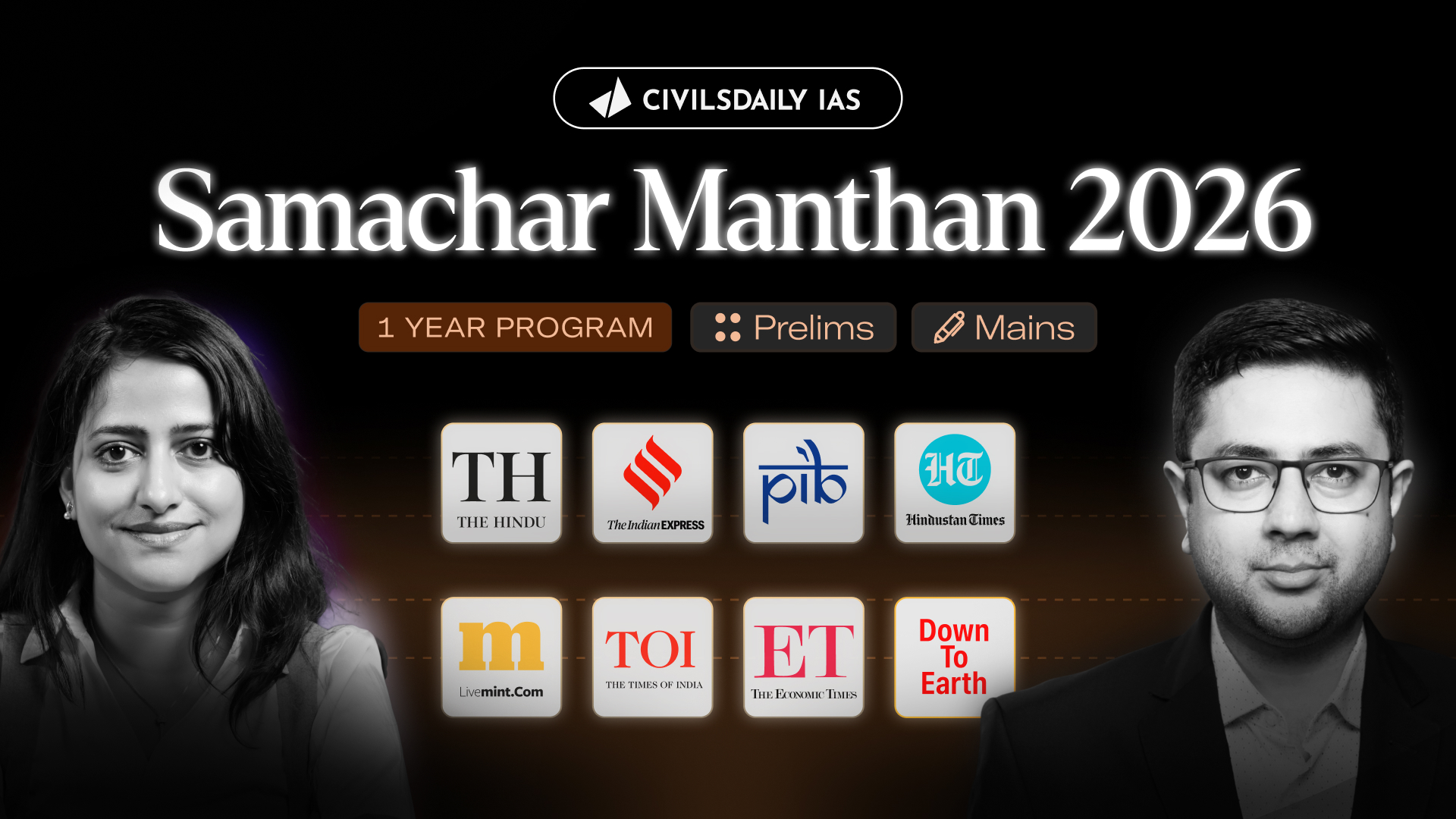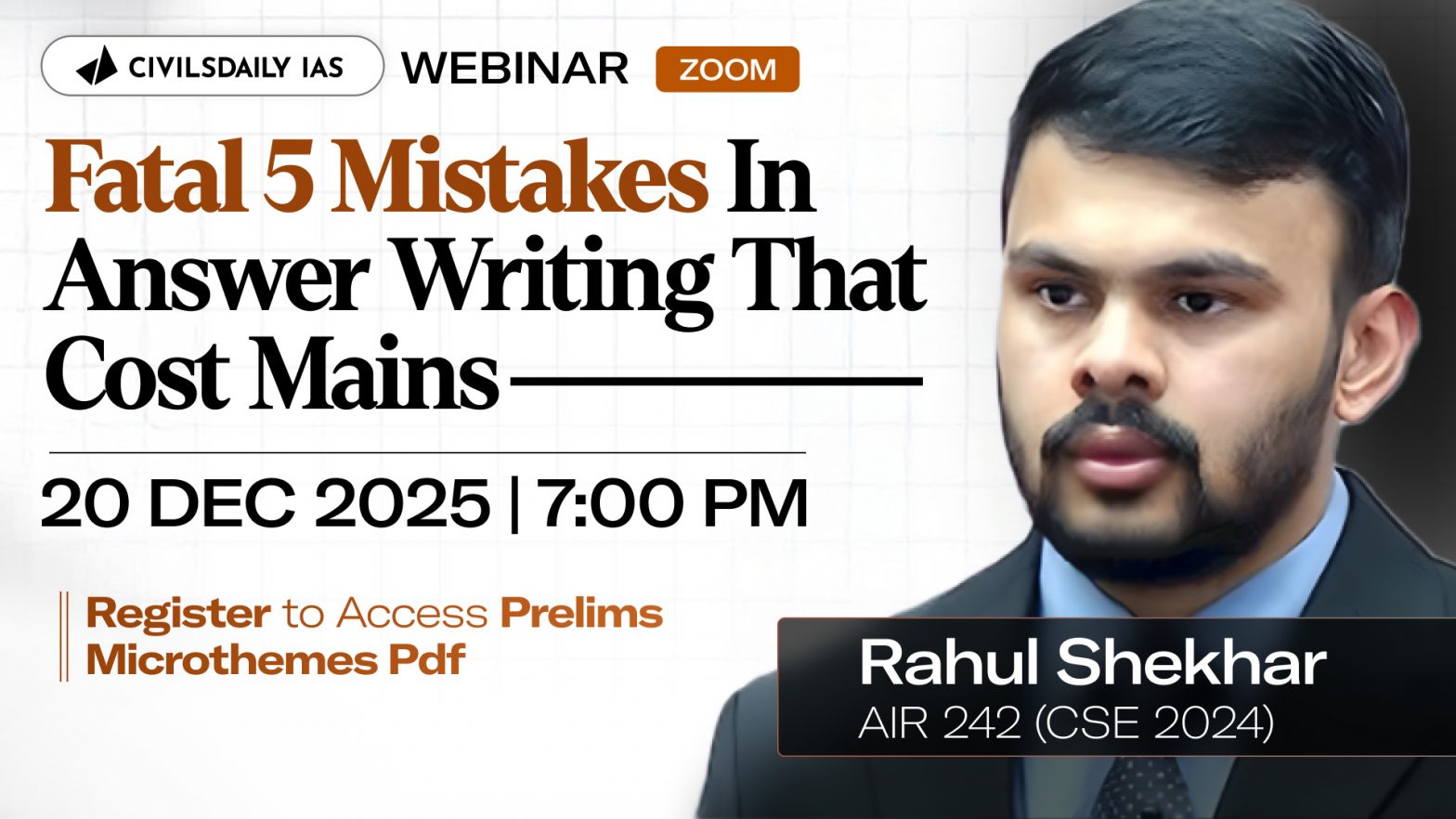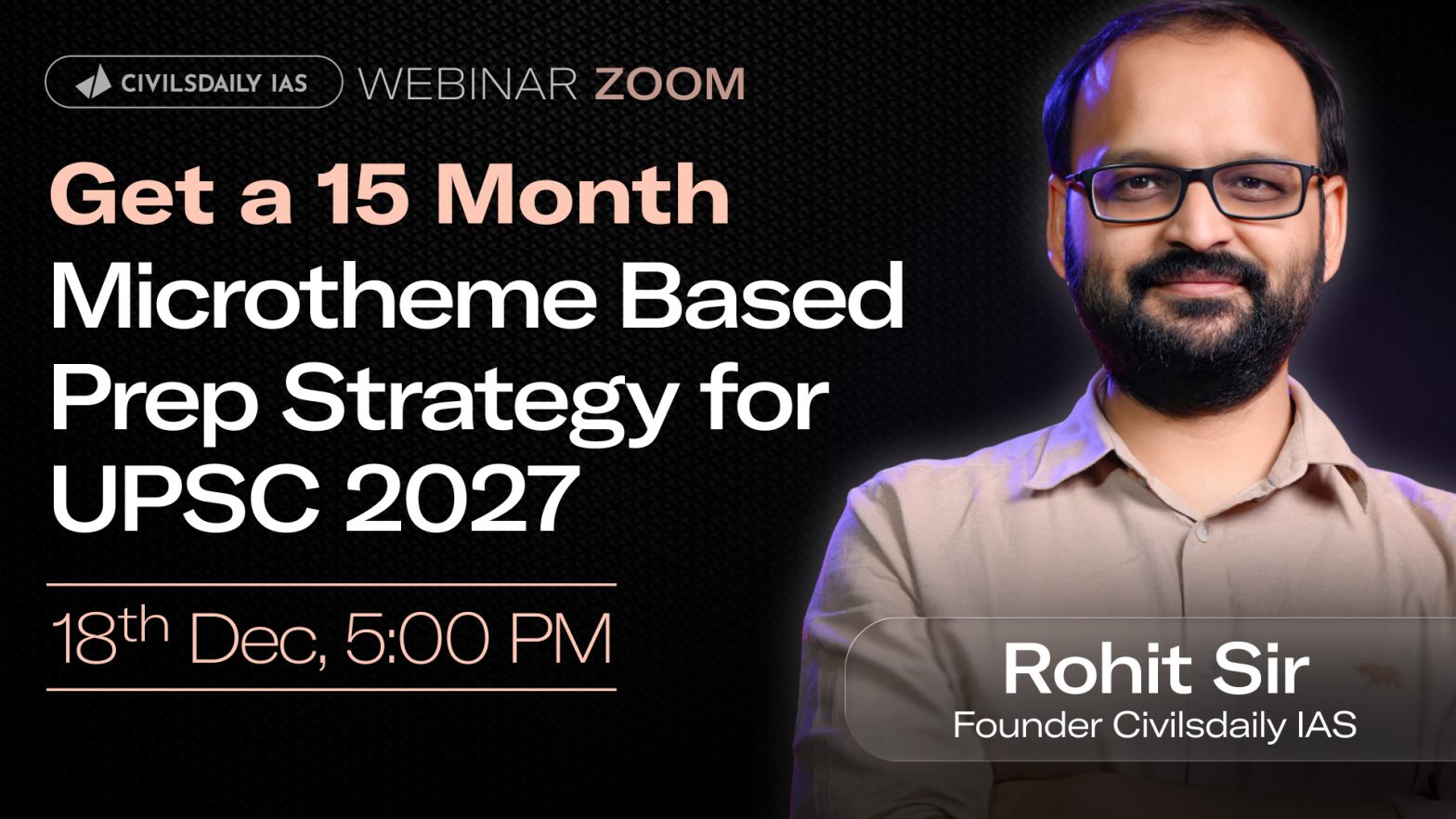





Burning IssuesInterview ProgramMotivation BytesPrelims DailyPrevious Year Question PaperProgram LaunchRanker WebinarsThe Hindu Op-edToppers TestimonialsUPSC Mains Topic-Wise PYQsUPSC PreparationUPSC SyllabusX Factor Notes
25th September
Government Policies for Promotion of Education: RTE Act, Sarva Shiksha Abhiyaan, Mid Day Meal Scheme, National Youth Policy
Policy Initiatives of the Government in the Education Sector National Policy on Education 1986. A key milestone in India’s march towards Education for All was the adoption of the National Policy on Education 1986 (revised in 1992) which states “In our national perception, education is essentially for all”. Some of the key thrust areas of… Continue reading Government Policies for Promotion of Education: RTE Act, Sarva Shiksha Abhiyaan, Mid Day Meal Scheme, National Youth Policy
Education Development in India: Key indicators- Gross Enrollment Ratio, Primary Enrollment Ratio, Youth Literacy Rate
Education Development in India Key Facts and Statistics The essence of Human Resource Development is education, which plays a significant and remedial role in balancing the socio-economic fabric of the society. An all-round development of our citizens can be achieved by building strong foundations in education. Education is a unique investment in the present, bearing… Continue reading Education Development in India: Key indicators- Gross Enrollment Ratio, Primary Enrollment Ratio, Youth Literacy Rate
Education in India: Role and Channels in Promoting Economic Growth
Education in India Role of Education in Promoting Economic Growth and Development Positive Externalities from Education More educated individuals are usually more productive workers. Educated citizens are more informed and usually translates into more active voters. It is been observed that Educated Families have access to financial assistance through education grants and loans. Public education… Continue reading Education in India: Role and Channels in Promoting Economic Growth
Poverty in India
Poverty in India: Types of Poverty, Causes of Poverty, Vicious Circle of Poverty Poverty Lines in India: Estimations and Committees Poverty in India: Trickle Down Approach, Inclusive Growth and Multi- Dimensional Poverty Index Addressing Poverty in India/Poverty Eradication Schemes Poverty Reduction in India: An Analysis of last three decades
Addressing Poverty in India/Poverty Eradication Schemes
Addressing Poverty in India/Poverty Eradication Schemes Mahatma Gandhi Rural Guarantee Employment Act (MGNREGA) The Mahatma Gandhi National Rural Employment Guarantee Act (MGNREGA) with its legal framework and rights-based approach was notified on September 5, 2005, and came into force with effect from 2nd February 2006. It aims at enhancing livelihood security by providing at least… Continue reading Addressing Poverty in India/Poverty Eradication Schemes
Poverty in India: Trickle Down Approach, Inclusive Growth and Multi- Dimensional Poverty Index
Trickle Down Approach to Poverty Back to Basics: The Theory It is often said that a rising tide lifts all boats. Experience tells us that the same is not necessarily true of a growing economy. In both developed and developing economies, the benefits of growth are seldom evenly distributed. The proponents of trickle-down economics, argues… Continue reading Poverty in India: Trickle Down Approach, Inclusive Growth and Multi- Dimensional Poverty Index
Poverty Lines in India: Estimations and Committees
Poverty Lines in India The poverty line defines a threshold income. Households earning below this threshold are considered poor. Different countries have different methods of defining the threshold income depending on local socio-economic needs. Poverty is measured based on consumer expenditure surveys of the National Sample Survey Organisation. A poor household is defined as one… Continue reading Poverty Lines in India: Estimations and Committees
Poverty in India: Types of Poverty, Causes of Poverty, Vicious Circle of Poverty
Poverty in India People living in poverty are often socially excluded and marginalized. Their right to effectively participate in public affairs is frequently ignored, and thus elimination of poverty is much more than a humanitarian issue, as it is more of a human rights issue. Thus, eradication of poverty and hunger is the basis of… Continue reading Poverty in India: Types of Poverty, Causes of Poverty, Vicious Circle of Poverty
Inflation
Inflation in India: CPI, WPI, GDP Deflator, Inflation Rate Types of Inflation: Demand Pull, Cost Push, Stagflation, Structural Inflation, Deflation and Disinflation The Cost of Inflation
Monetary Policy in India
Monetary Economics: Barter System, Definition, Function and Evolution of Money Central Banking in India: Functions of RBI Monetary Policy in India: Inflation, deflation, Recessionary and Inflationary Scenarios Monetary Policy tools and Money Supply in India Monetary Policy Agreement in India
Indian Economy (Issues Relating to India’s External Sector)
India’s Balance of Payments: Current Account, Capital Account, Goods and Services Account India’s BOP Performance: Balance of Payment versus Balance of Trade, Current Account versus Capital Account FDI and FPI in India, External Commercial Borrowings, Foreign Exchange Reserves in India Foreign Exchange Rate Determination in India and Types of Exchange Rate Capital and Current Account… Continue reading Indian Economy (Issues Relating to India’s External Sector)
Inequality in India
Inequality in India: Definition and Measures; Lorenz Curve, Gini Coefficient, Income held by Top 10% Income Inequality in India: Causes, Remedies and Consequences
Unemployment in India
Unemployment in India: Definition, Types and Measures Unemployment in India: Causes and Consequences Jobless Growth in India: Reasons and Consequences
Growth and Development
Economic Growth in India: National Income Determination, GDP, GNP, NDP, NNP, Personal Income Economic Growth versus Economic Development Measures of Economic Development: Human Development Index, Green GDP, Gross National Happiness Index Economic and Social Development in India: Millennium Development Goals Sustainable Development Goals and India
24th September
law optional
best book for constitutional law?
24 Sep 2017 | Target Mains | 5th Weekly Test with official answers
Attempt the questions individually by clicking on them. Q.1) There are formidable social, economic and environmental reasons which cry out against GM mustard. In the light of the above statement critically discuss the pros and cons of GM mustard. Source: https://www.civilsdaily.com/gm-mustard-debate/ Genetically modified organisms (GMO) can be defined as organisms (i.e. plants, animals or microorganisms)… Continue reading 24 Sep 2017 | Target Mains | 5th Weekly Test with official answers
23rd September
I have a doubt
Sir recently China president criticized our drainage system in rural areas , we have smelly ,muddy drainage like that he said Do we use in GS …in a good way?
donating books
I have the following list of used books with me which are in good condition.I m donating these for free. CATEGORY : GEOGRAPHY 1) NCERT class 8 : geography textbook social science : Resources and development 2) NCERT class 9 : geography textbook Social science : Contemporary India -1 3) NCERT class 10 : geography… Continue reading donating books
Awesome but want more….
Hey civilsdaily! Thanks for this wonderful post. Could you please post 100 more topics important for this year’s mains. Keep up the great work.
23 September 2017 | Prelims Daily with Previous Year Questions & Tikdams
Q.1) Which of the following types(other than coal based) of energy production plants are operated by the ‘National Thermal Power Corporation’? 1. Gas Based (Owned through JVs) 2. Hydro-Electric Power Plants 3. Solar Photovoltaic Power Plants 4. Wind Power Select the correct option using the codes given below. a) 1, 2, 3 and 4 b)… Continue reading 23 September 2017 | Prelims Daily with Previous Year Questions & Tikdams
Slide Anything shortcode error: A valid ID has not been provided






